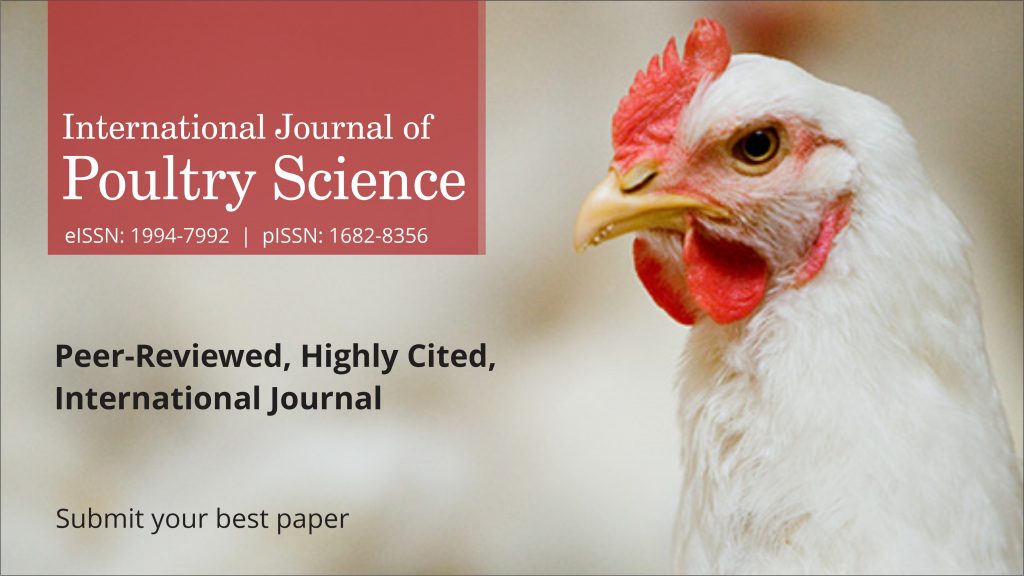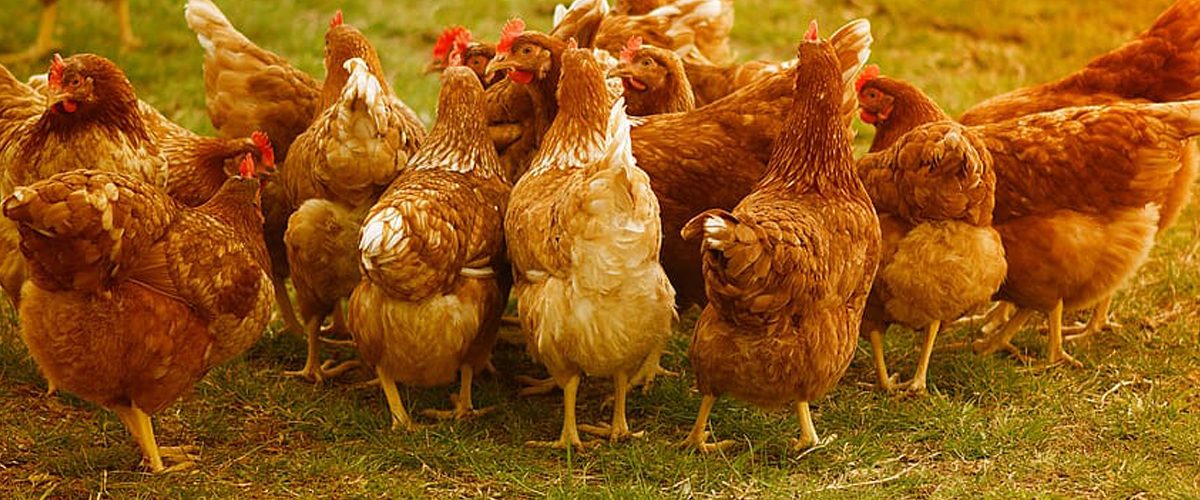Livestock farming is not only supporting village economies but now is a large scale modernized business. Burkina Faso is a landlocked country in West Africa and its large part of the population is involved in livestock farming. According to FAO (2018), it contributes about 10-20% of the country’s GDP and it is the second largest contributor to agricultural value added, after cotton. In the case of poultry farming, it is prevalent in Burkina Faso and provides livelihoods for about 1.6 million producers and households, particularly rural women that are active element of this system. Local breeds of poultry is common in Burkina Faso, which account for more than 98% of the national poultry population. The local hen is a significant source of income for farmers and is also used in several religious ceremonies such as weddings and baptisms along with ritual sacrifices. On the other hand, local breeds of poultry have low productivity due to low quality and inadequate quantity of feed and high mortality rate due to poor sanitation and insufficient health management system.
Feed is the main factor in poultry farming affecting the productivity and economic profitability of farmers and this feed accounts for 70% of the total cost of egg or meat production. Therefore, a keen attention is required by addressing this factor to enhance the profitability of farmers. So the goal of the researchers/farmers is the best poultry feed formulation for the optimization of production costs and profitability.

Poultry feed formulation is the process of quantifying the amount of feed ingredients and collection of raw materials to form a uniform mixture that supplies all of their nutrient requirements. Some poultry farmers use inefficient manual methods, while progressive farmers use modern approaches to solve poultry feed formulation problems. Brah et al. (2016) informed that in early 1950s, the specialists in computer programming developed methods to formulate feed for livestock and poultry at low cost. These methods minimize the cost of food production but their application in the field of poultry feed formulation is limited due to the variability and quality of raw materials. The development of a rigorous mathematical approach becomes a permanent challenge in the field. A novel research published in the International Journal of Poultry Sciences conducted by Inoussa et al. (2021) to deal with reducing feed cost and provide high quality poultry feed for the local breed of chickens named “Poulet du Faso”. The results indicated that the optimization of first degree polynomial equation yielded an optimal formulation composed of corn (40%, w/w), soybean meal (15%, w/w), fish meal (13.12%, w/w), wheat bran (5%, w/w), cottonseed meal (5%, w/w), rice bran (11.63%, w/w), oyster shell (2.5%, w/w), iodized salt (0.25%, w/w, bi-calcium phosphate (2.5%, w/w),) and mineral-vitamin-nitrogen concentrate (5%, w/w). This formula can and lower the feed cost to 30% by gaining increase the average daily gain. The researchers claimed that proposed formulation model will reduce rearing time by half and reduce feed costs by more than a quarter and could be used to increase the profit margin by rationalizing the cost of chicken production.
















Add comment